Trending Destinations
Having trouble deciding where you want to spend your dream vacation? Don’t worry, we can help you with that too!
Flight Deals
Having trouble deciding where you want to spend your dream vacation? Don’t worry, we can help you with that too!
Hotel Deals
Having trouble deciding where you want to spend your dream vacation? Don’t worry, we can help you with that too!
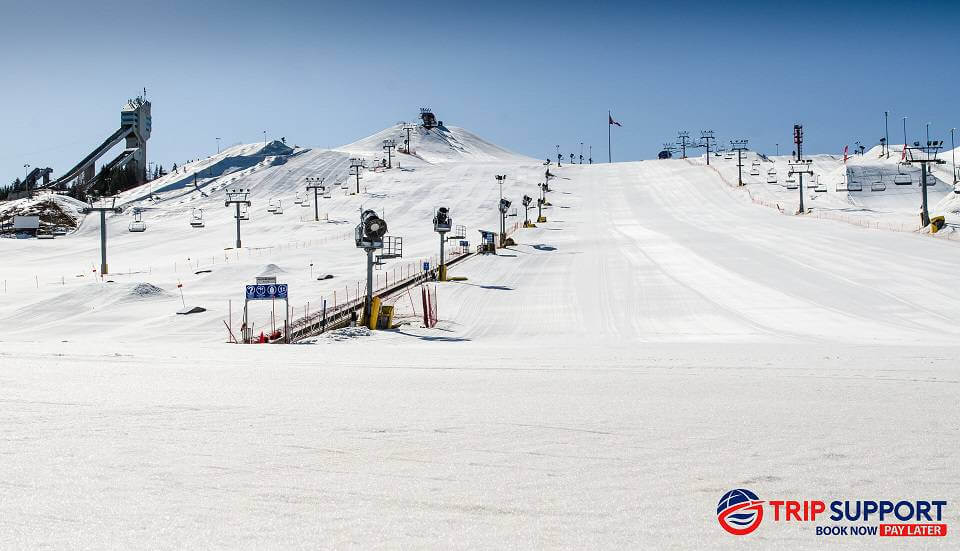
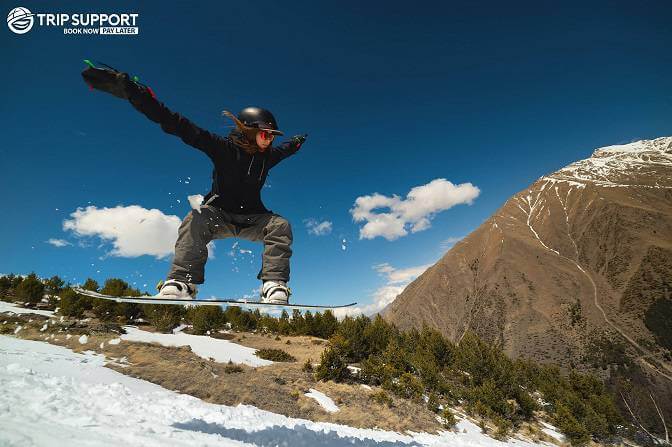
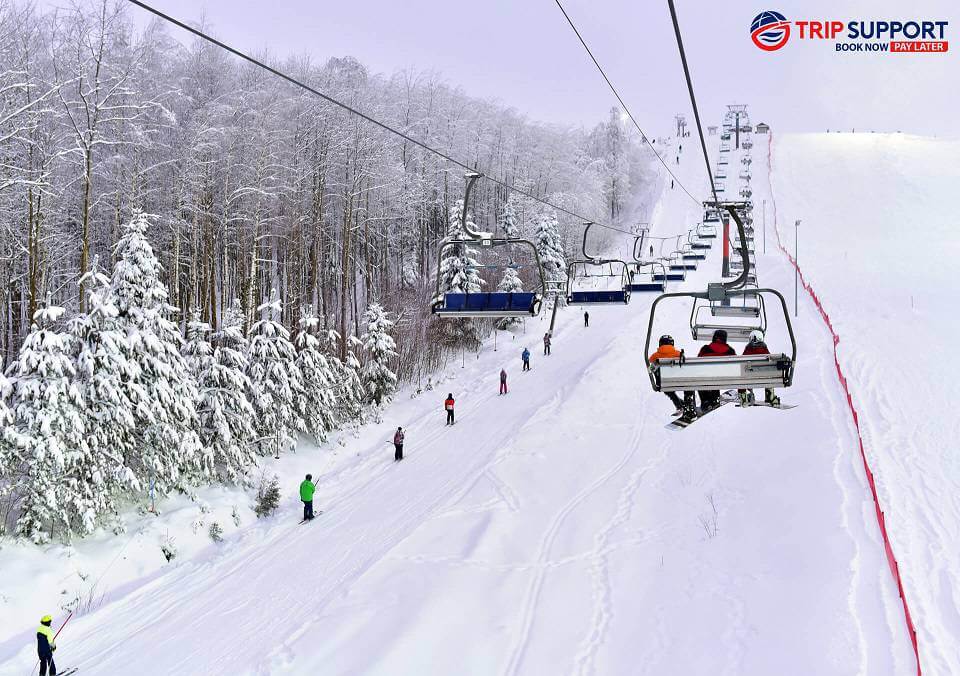


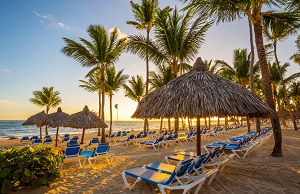


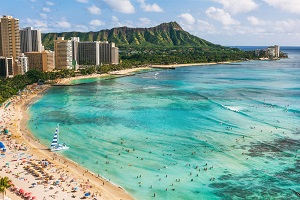
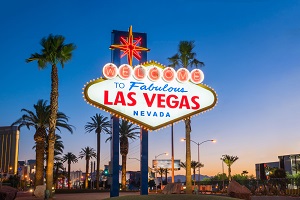
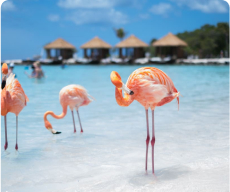




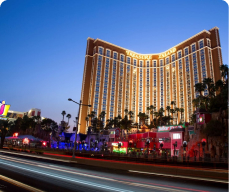
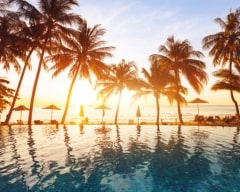
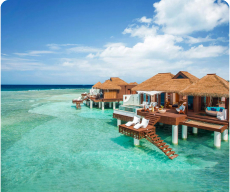
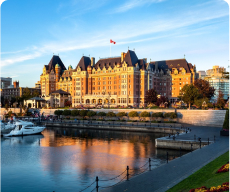




0 Comments